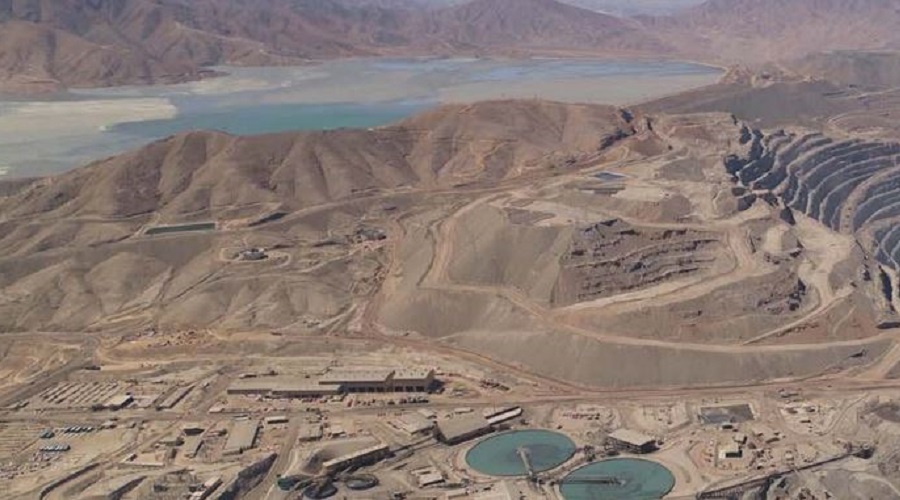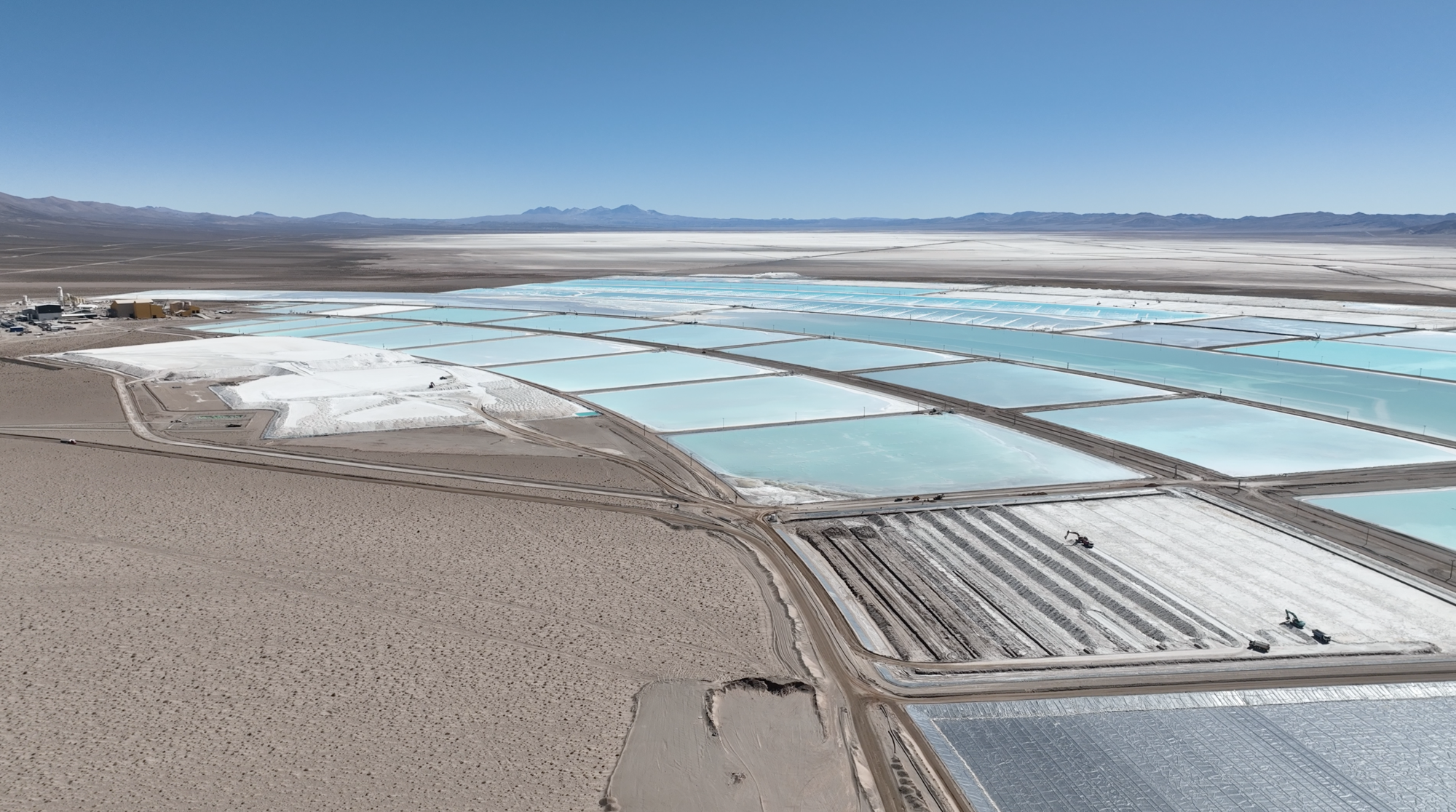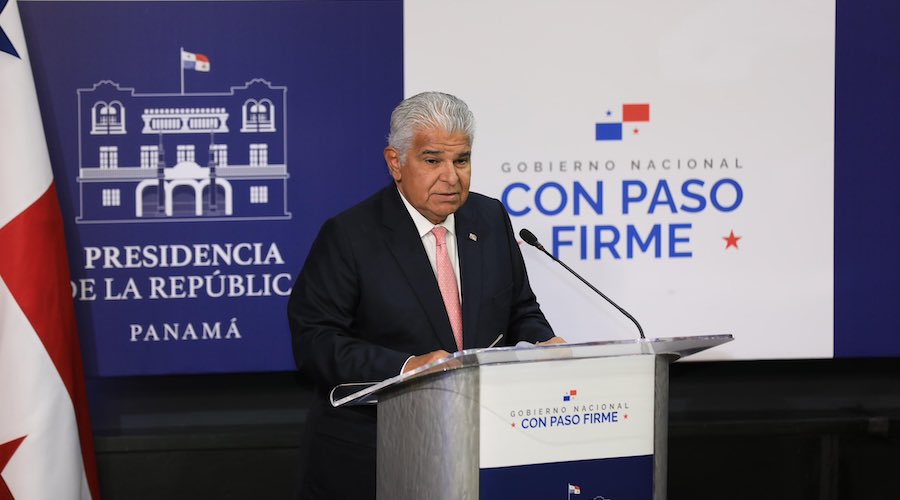Lundin Mining Corp. is on the prowl for a long-life zinc, nickel or copper asset and would shell out $1 billion to $3 billion, Lukas Lundin said in an interview Wednesday from the BMO Global Metals & Mining Conference in Florida. An existing operation is his preference and copper “might be the easiest asset to work with.”
The ideal asset would produce more than 500 million tons of ore if it were an open-pit mine, or 100 million tons if it were an underground operation, he said.
“I’m looking around right now,” he said. “It would be great to do something by the end of the year. ”
With his younger brother Ian Lundin, the 59-year-old oversees a global family business with stakes in commodities including industrial metals, gold, diamonds, oil, uranium and Latin American cattle. The company has about $1.5 billion in cash but could afford to borrow to fund a larger acquisition, he said.
Lundin Mining bought a controlling stake in Freeport-McMoRan Inc.’s Candelaria/Ojos del Salado copper operations in Chile in 2014 and the Eagle nickel and copper mine in Michigan from Rio Tinto Group in 2013.
On Sunday, Australia’s largest gold producer, Newcrest Mining Ltd., announced it was buying a 27 percent stake in Vancouver-based Lundin Gold Inc. for $250 million. It has an option to increase its involvement by spending on exploration around the Fruta del Norte gold-and-silver project in Ecuador, Lundin Gold’s sole asset.
‘Have to build’
Lundin said on Wednesday that he would “love” that company to acquire another gold project and intends to start searching once Fruta del Norte is up and running and assuming Newcrest is on board. The Australian company is “going to be an active shareholder,” he said.
Ideally, the gold asset would be in the Americas, he added, estimating it might cost $500 million to $1 billion, plus development costs. Normally, Lundin’s modus operandi is to buy developed assets in down cycles and look to unlock value.
“Trying to take on existing operations, you’re not going to find anything,” Lundin said. “So you’re going to have to build.”
Iron dreams
Overall, Lundin is upbeat on the metals sector, expecting steady global growth to start fueling infrastructure spending. Copper looks “good’,’ while zinc “should be good for a little while.” Nickel is “hard to read,” the coal space is “quite interesting” and iron ore is “stronger than expected.”
Lundin says he wishes he could add an iron-ore operation to the family stable of assets but the sector is too locked-up by the big three players: BHP Billiton Ltd., Vale SA and Rio Tinto Group.
As for cobalt — the source of much buzz at this year’s conference — he’d love to acquire an asset, but “they’re not easy to find” and he’s not actively looking, he said. Lundin has a stake in a cobalt refinery in Finland with Freeport, but exited cobalt mining with the sale of their joint venture stake in the Democratic Republic of Congo last year.
Lundin says he would like to sell his renewable energy assets, but needs to build “critical momentum” before trying to find a buyer.
That willingness to buy and sell is a contrast to many of his peers who have remained on the sidelines after only recently repairing their balance sheets after the collapse of the commodity super-cycle.
The appetite for M&A is “selectively there,” Ilan Bahar, BMO Capital Markets’ new co-head of Global Metals & Mining, said Monday in an interview with Bloomberg Television.
Egizio Bianchini, the outgoing co-head of global mining for BMO, who has led the conference since its inception 27 years ago, said there are still some deals being done in the coal and steel sector but, overall, large-scale M&A has yet to come back after the commodities downturn. This is particularly true of gold, he said, as gold-mining stocks lag the metal and investors are seduced by flashier battery metals such as cobalt.
“In terms of M&A, I don’t believe there’s going to be big deals at the very top, both in the diversified miners and in the one-commodity miners,” Bianchini said. “When you get down into the mid-tier and the small-tier, I still think that’s where most of the action is going to happen.”
Lundin expects to see “forced” mergers in the gold space in the next few years, given the lack of reserve replacement but also believes the broader mining sector is poised for a fresh wave of activity.
“Over the next two years you might see the majors plow back in.”
(Written by Danielle Bochove)




Comments